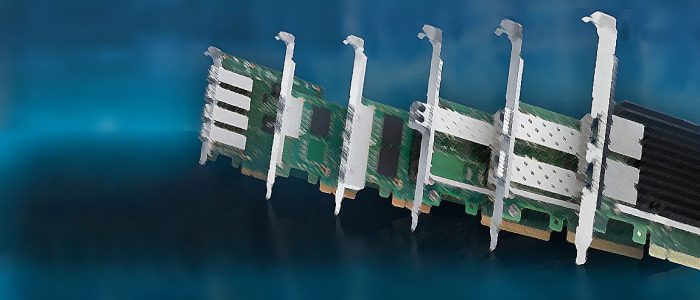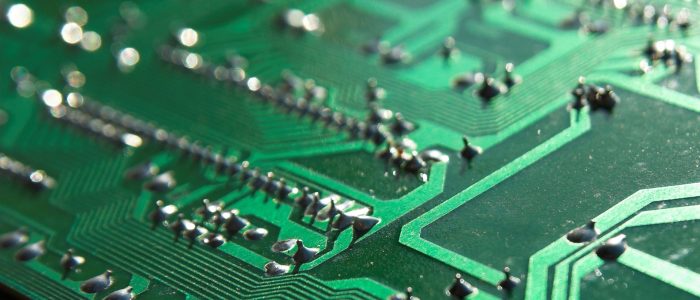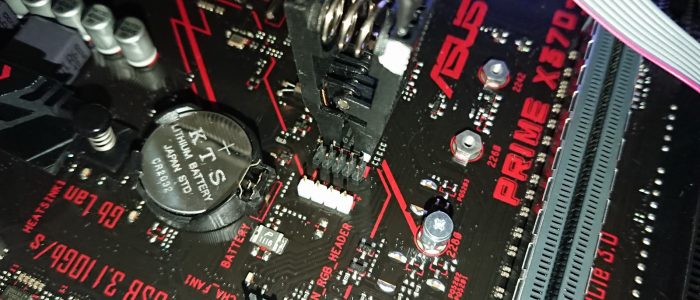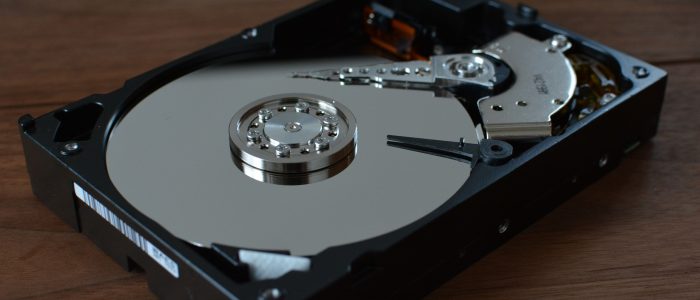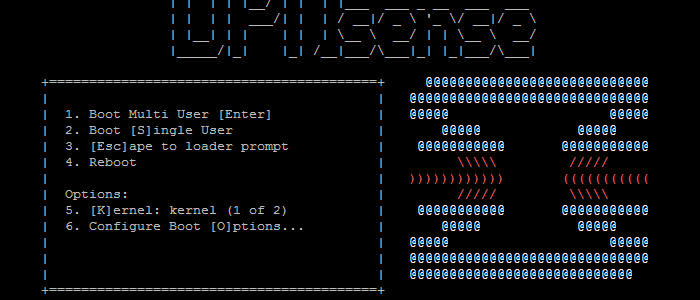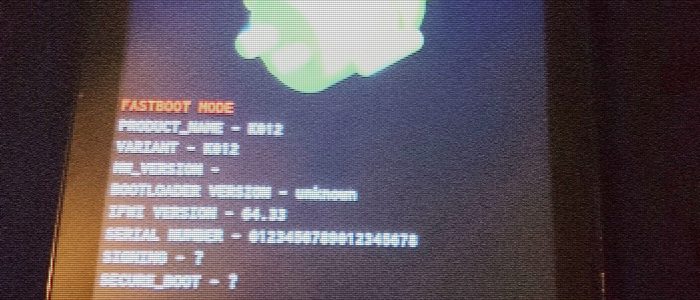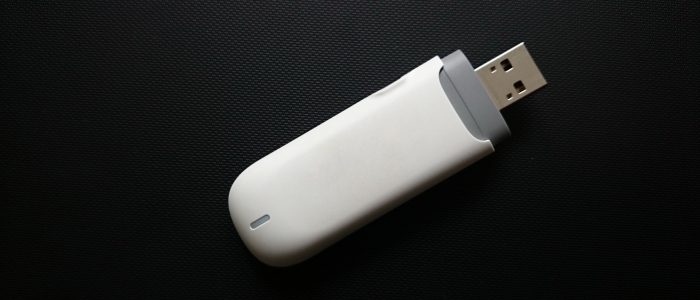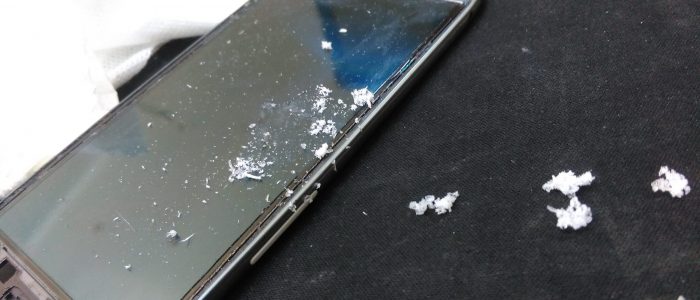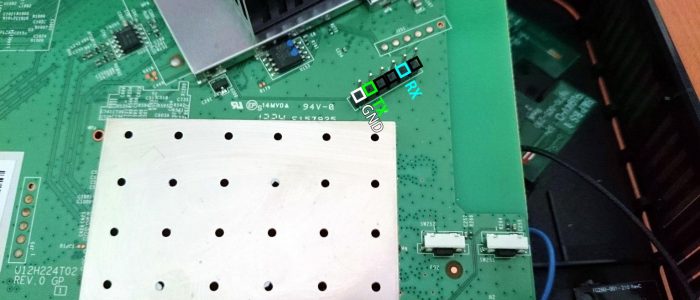First glance and adding external antennas to the GL.iNet GL-MT300N-V2
I recently got some new toys to play with, one of them being the GL.iNet GL-M300N-V2 mini (read that as ultra-small) smart router.
The “Mango” is indeed very small, and for the price packs some pretty decent hardware specs, not to mention that it’s running a (slightly modified – with good additions I’d say) OpenWrt release.



